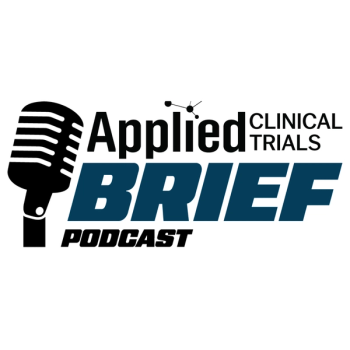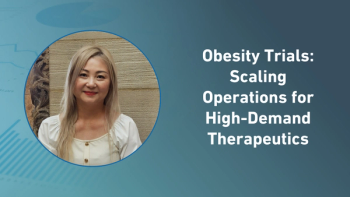
The Drug Development Process: Collaborating With the FDA
Applied Clinical Trials spoke with Michael Hamrell PhD, RAC, President of MORIAH Consultants, about working with the FDA during the drug development process.
Q: What are the benefits of collaborating for the company and the FDA?
A: The benefits of collaborating? The more you involve them in the discussion, the more likely you will have data and studies that meet their regulatory expectations.
Q: Do you think over the past few years, people have been collaborating more and that the relationship between companies and the FDA has been getting better?
A: It’s (the relationship) always been good. For successful companies it’s always been good. But I think the FDA is certainly encouraging more interaction and collaboration.
Q: What do you define as a successful company? Big pharmas who have better resources?
A: Certainly many big pharma companies are very successful in this regard. But there are plenty of small companies who also have good collaboration and communication with FDA and are also successful.
Q: On the flip side, are there any negatives to collaborating?
A: Not really. In the end, you have to do trials they find acceptable. Not collaborating I think runs a higher risk of creating data they wouldn’t accept. I’m not sure there is any downside. I guess the only downside is you’d have to add to your timeline. But it’s worth it in the end. If you don’t talk to them, if you have to do it over, then you haven’t saved any time.
Q: And on that note, when is the best time to contact the FDA about drug development?
A: People start talking to them earlier and earlier—definitely in the pre-IND phase you want to start talking to them. There are some defined time points when you can have meetings with them. This would include the entitled meetings, listed in the regulations, such as the End-of-Phase 2 meeting and a Pre-NDA meeting, but there can be other opportunities to meet or discuss your development plans with FDA. Continuous communication and collaboration is always better.
Q: What are the biggest obstacles companies face when developing a product with the FDA?
A: FDA has become very safety focused and risk adverse so one of the biggest challenges is demonstrating a drug is effective and safe and that any risks can be handled or mitigated through information and labeling of the product.
Q: What do you foresee in the future for the industry? What would you like to see?
A: Continued collaboration. The other thing that is helping right now is the FDA has moved to more transparency about the whole process and expectations. More transparency. The FDA has just announced the first Phase of a new Transparency Initiative to make their interactions with industry and what they do more transparent to consumers as well.
Dr. Hamrell will present Tutorial 22: “Fourteen Steps from Research to Development,” on June 13 from 8:30 a.m. to 12 p.m. at the 46th DIA Annual Meeting in Washington, D.C. The tutorial costs $375 and is worth 3.25 AMA PRA Category 1 Credit and falls under the regulatory track and Clinical Research and Development/Clinical Supplies track.
Newsletter
Stay current in clinical research with Applied Clinical Trials, providing expert insights, regulatory updates, and practical strategies for successful clinical trial design and execution.





.png)



.png)



.png)
.png)
